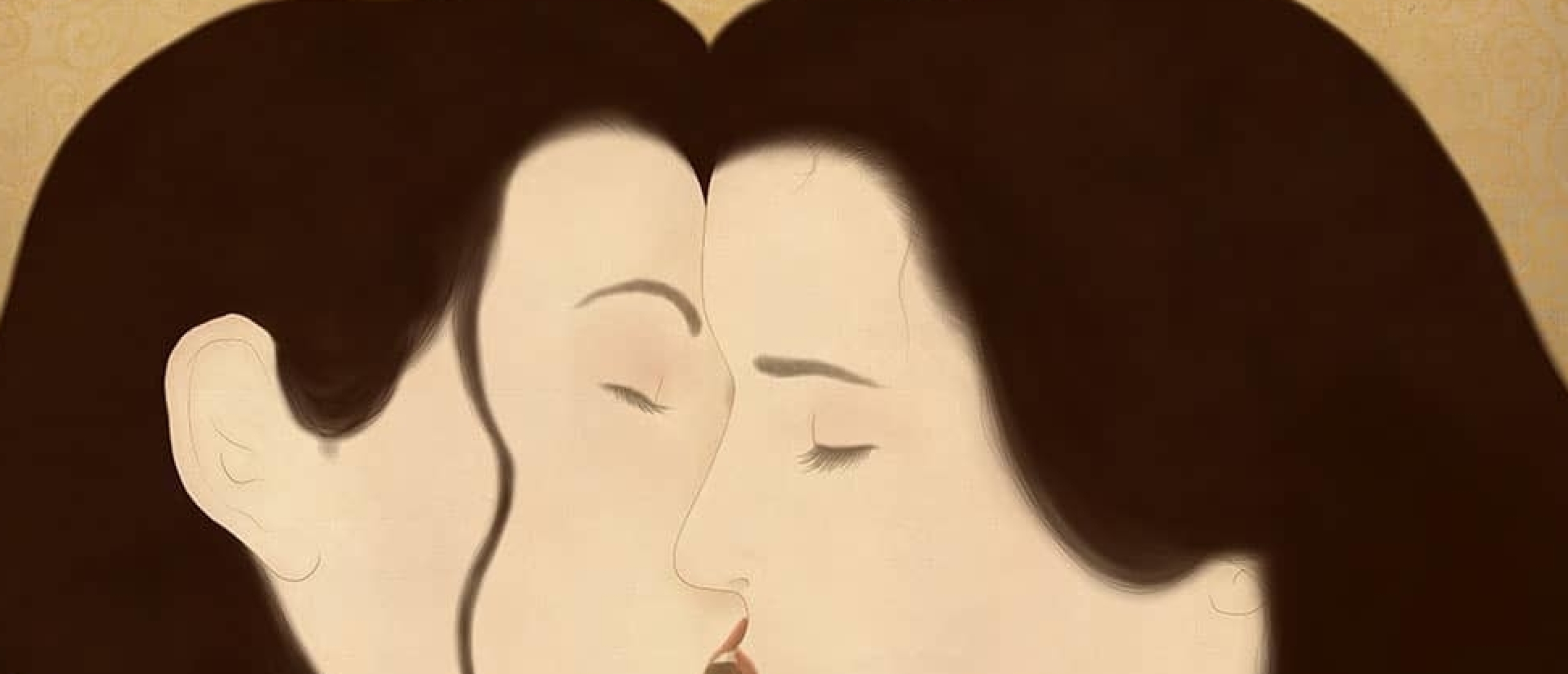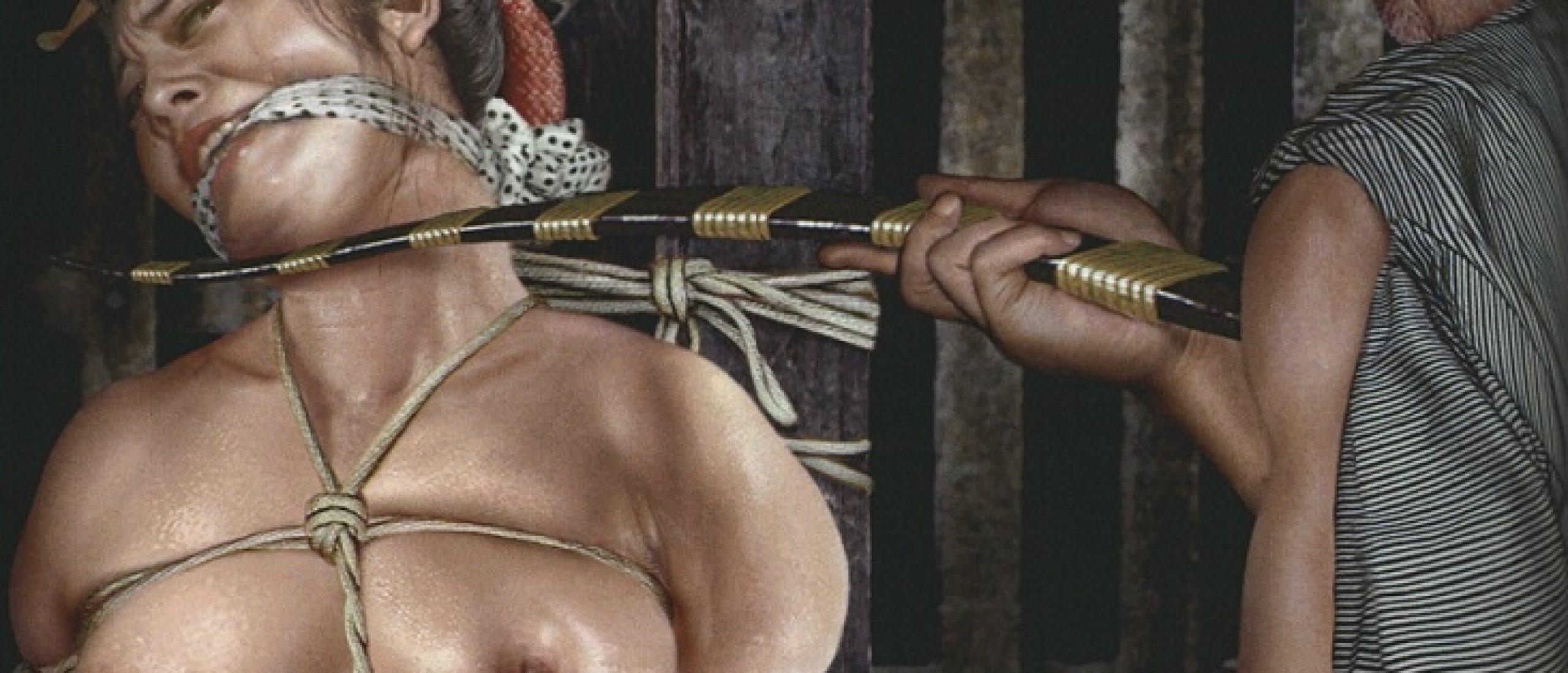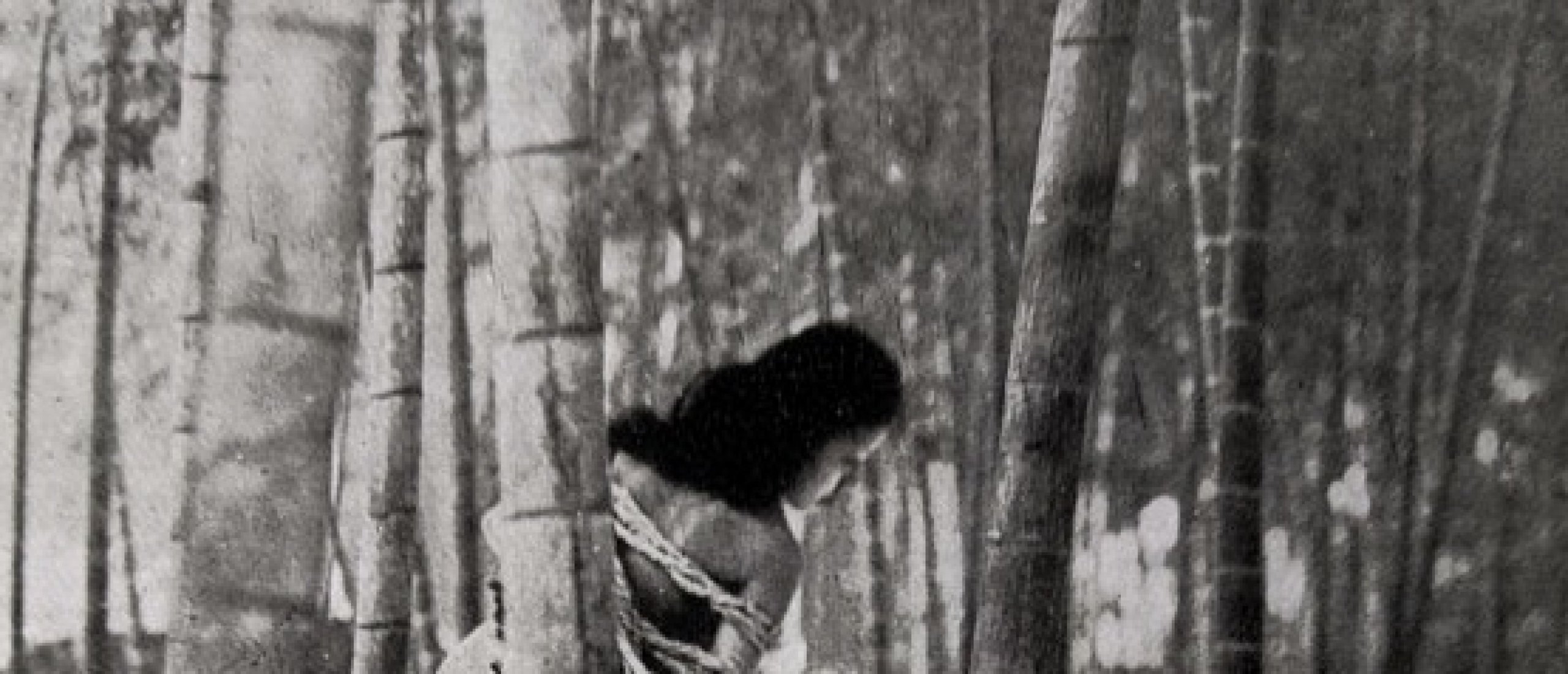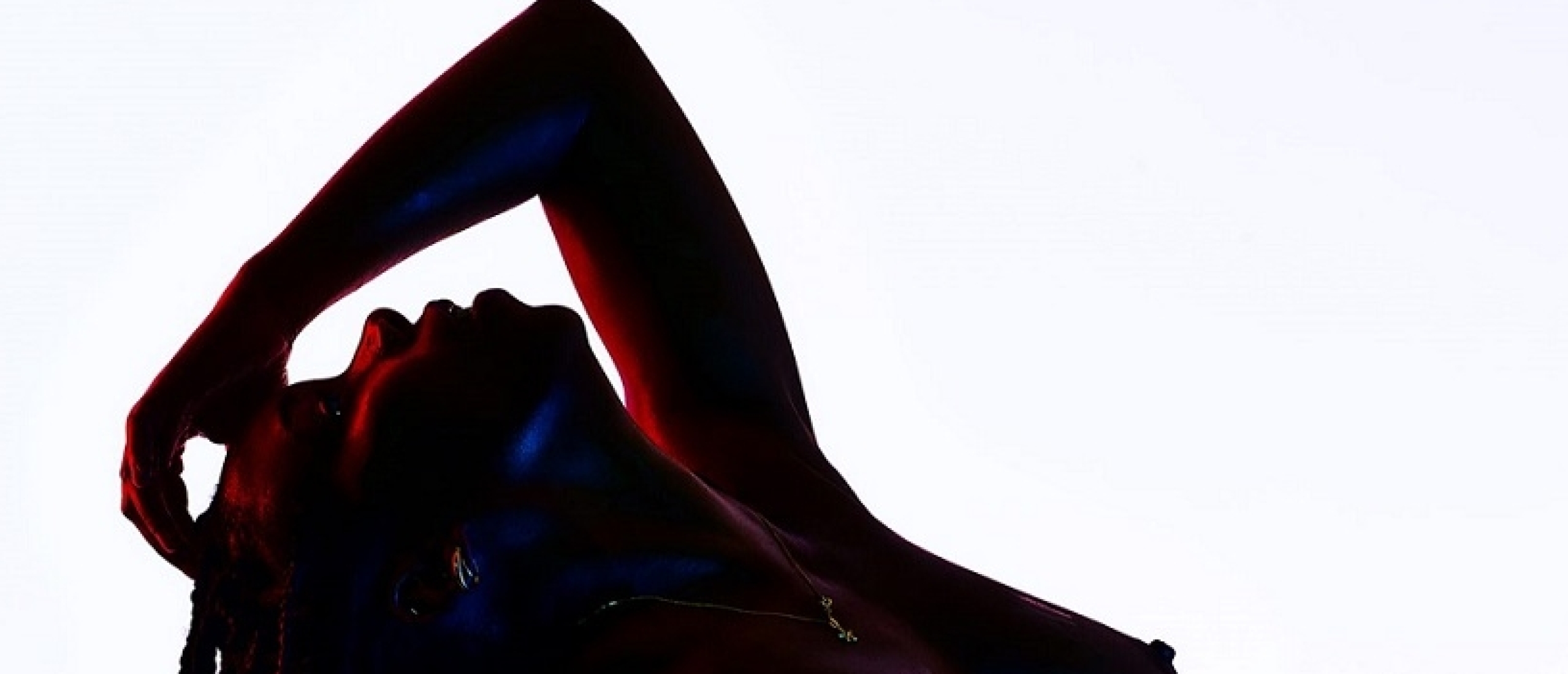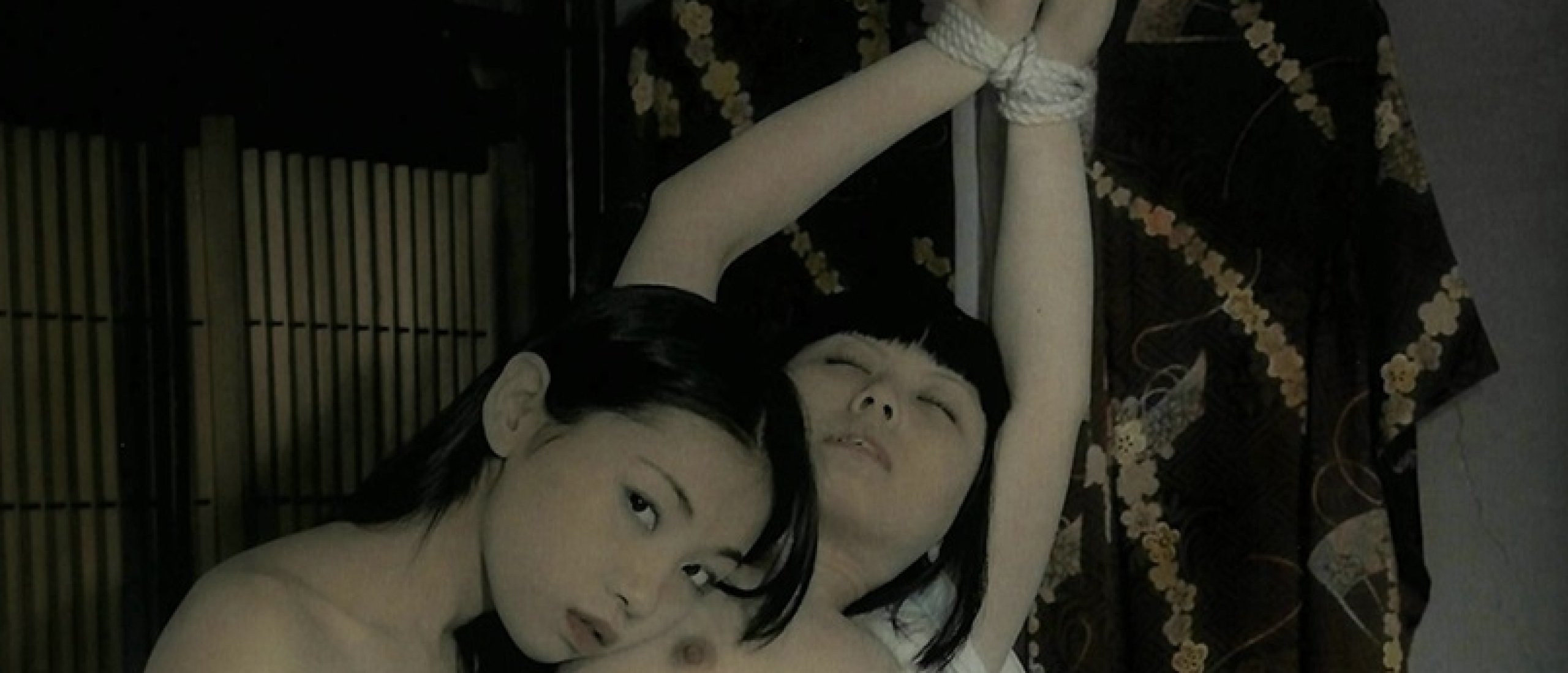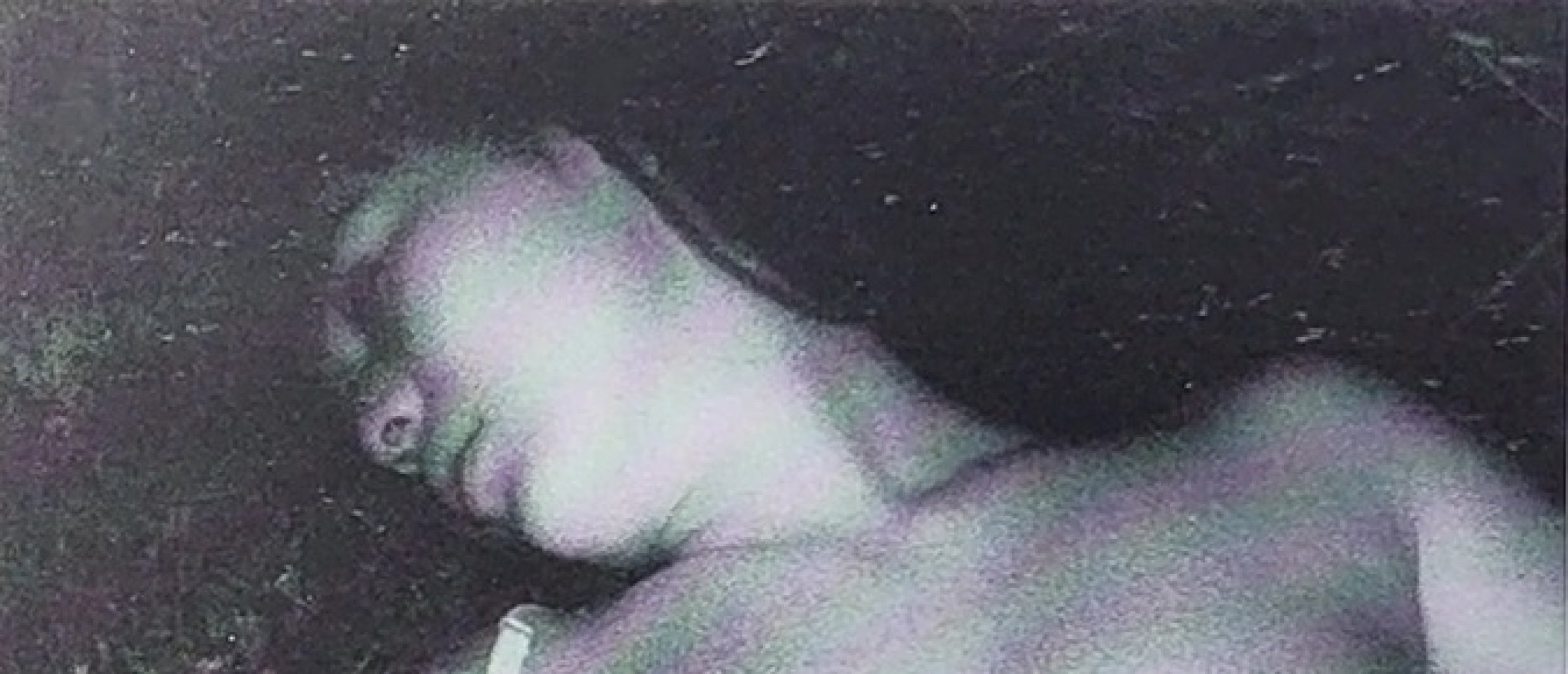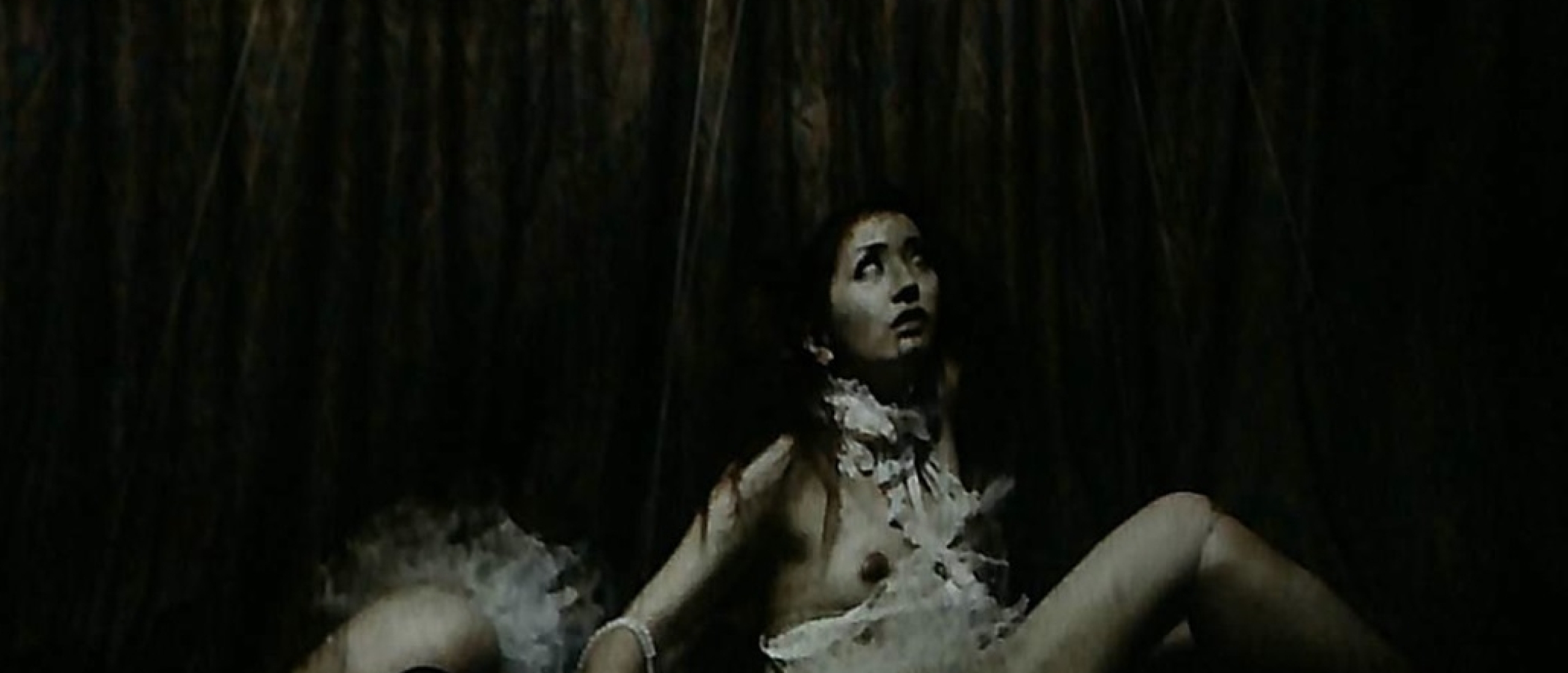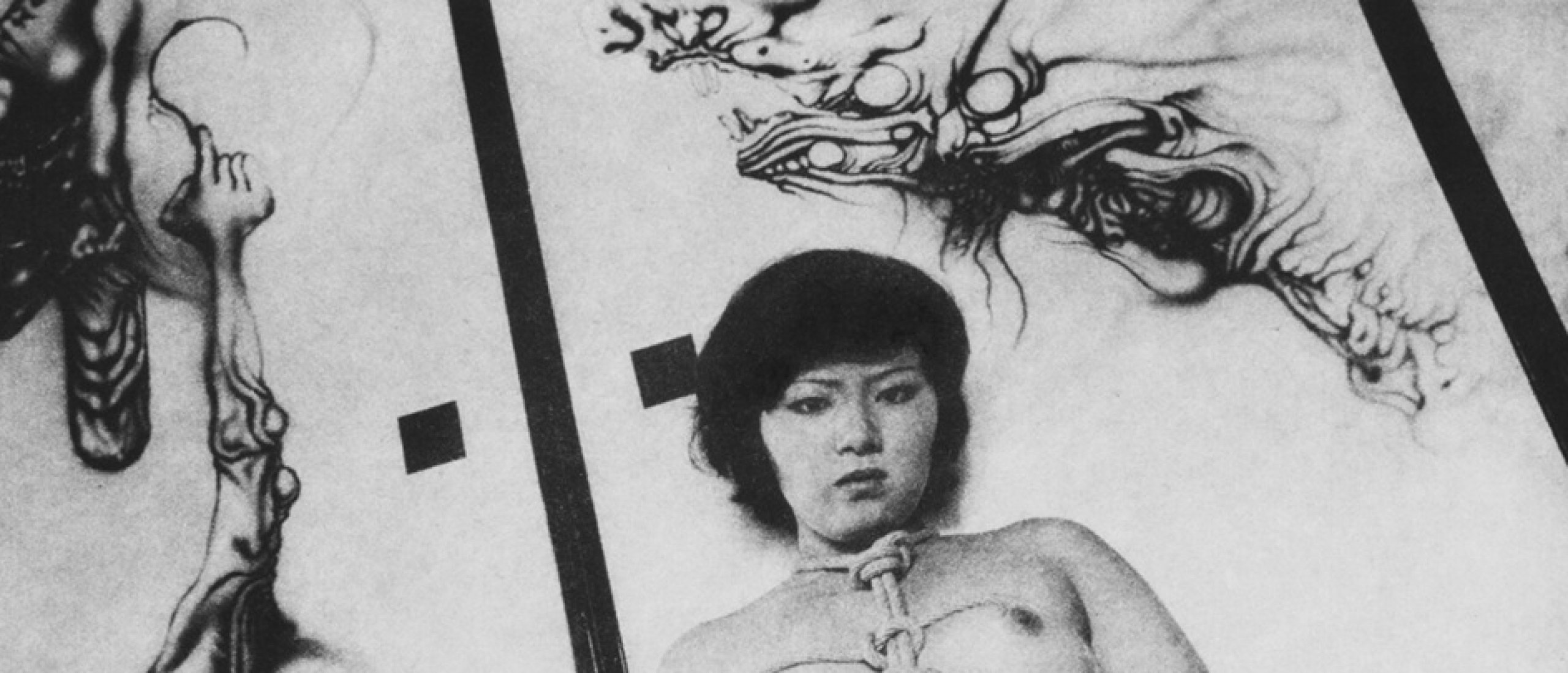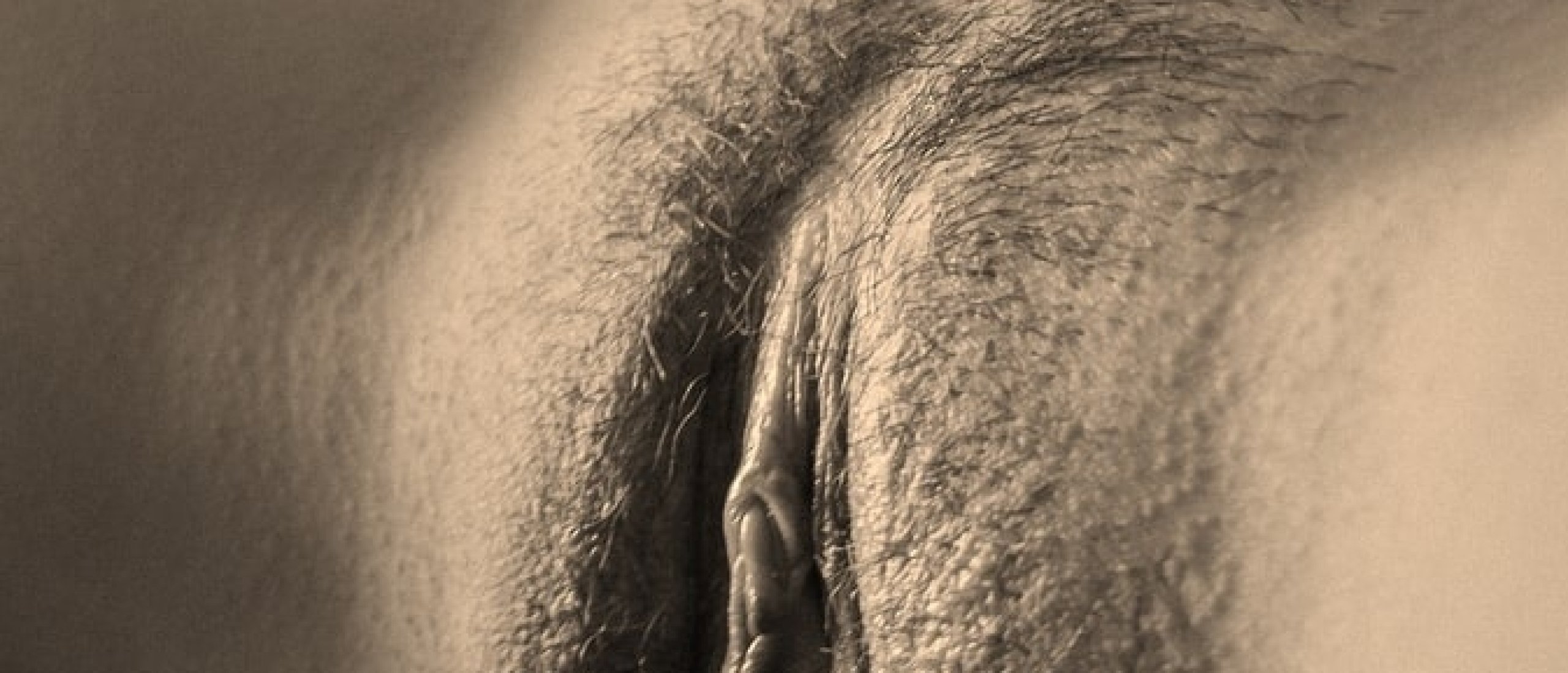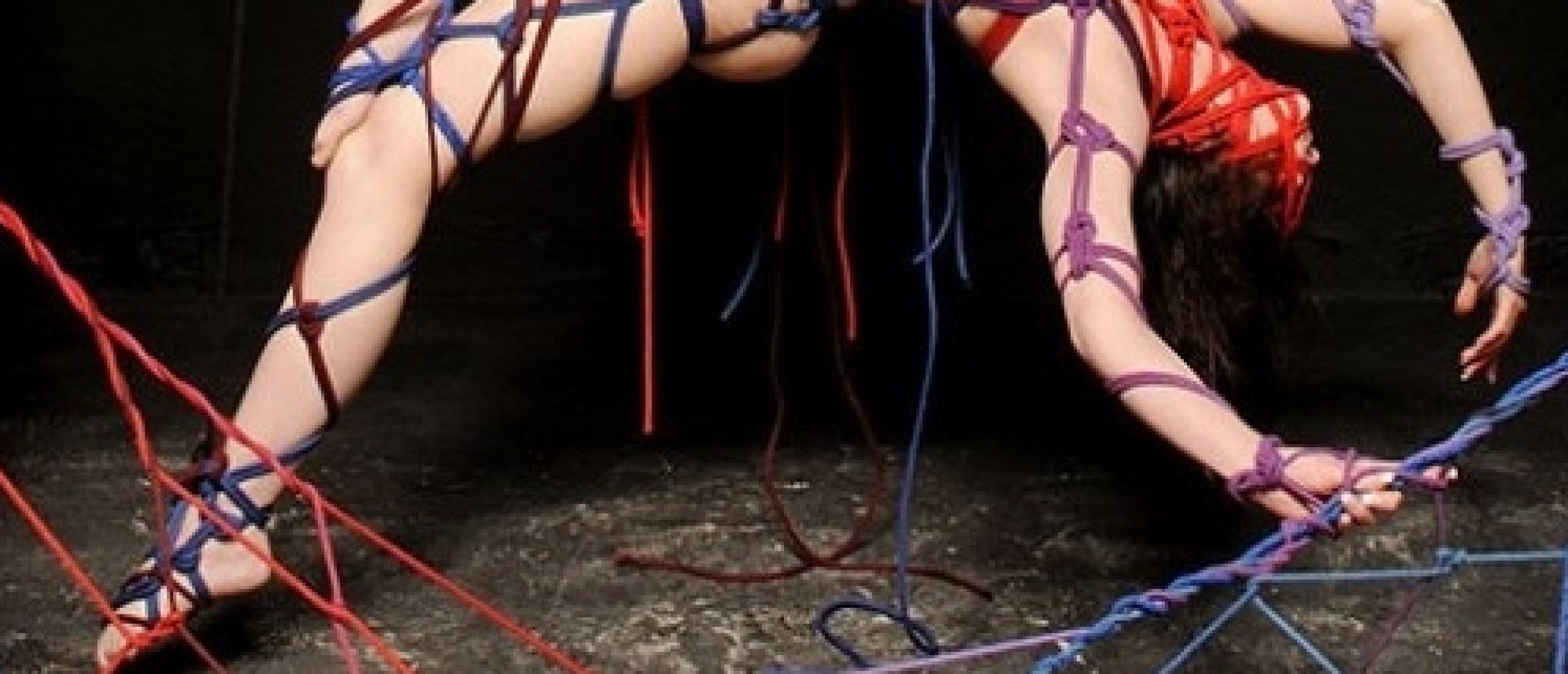
Reinterpreting Kinbaku
Garth Knight was born in 1972 in Hobart, Australia. In 1993, he earned a Bachelor's degree in Engineering from the University of Tasmania, and in 1995, he moved to Sydney, where four years later he completed his diploma in photography. From 1994 to 2000, he worked as a professional photographer, but soon turned to shibari/kinbaku installations, or, as it is known in the West, bondage. In a way, kinbaku became a central element of his work, through which the artist creates compositions that explore the intersection of eroticism, sculpture, and mythological narratives, reinterpreting the Japanese tradition of body-binding for a contemporary context. Unlike the documentary and realistic approach of Itoh Seiu, who viewed kinbaku as an extension of Japan’s historical tradition of torture and punishment, Garth Knight gives his bindings an almost architectural and dreamlike dimension.
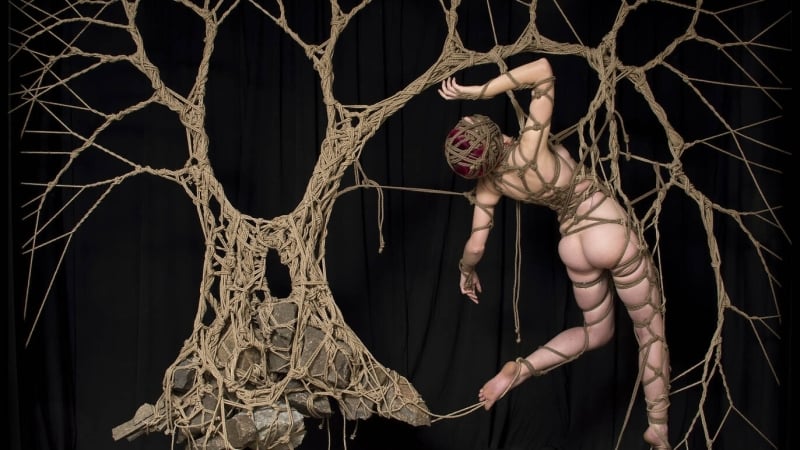
Fig.1
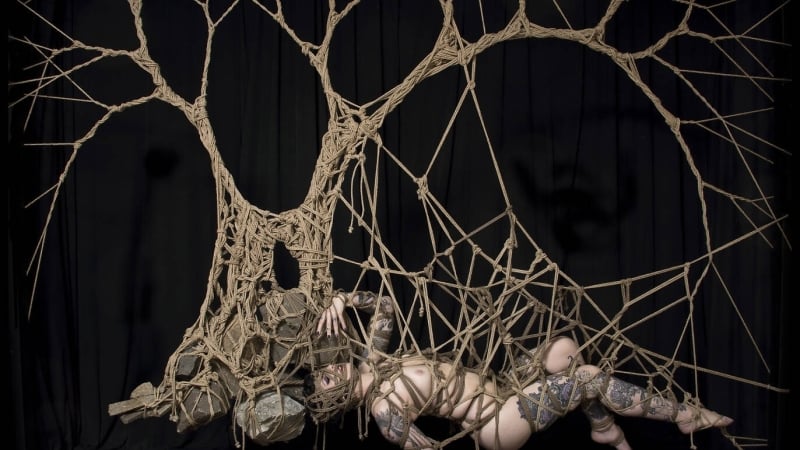
Fig.2
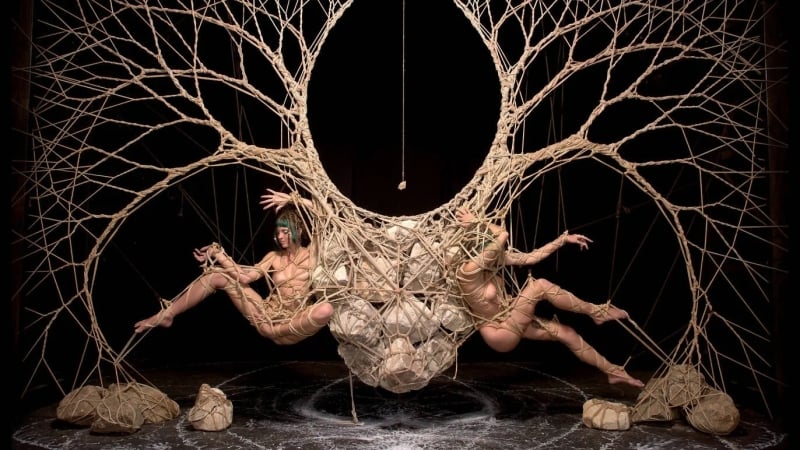
Fig.3
Itoh Seiu, recognized today as the father of modern kinbaku in Japanese art, was a pioneer in incorporating this practice into his artistic production in the early 20th century. His work was rooted in a documentary and historical approach, influenced by ukiyo-e and traditional Japanese eroticism. It is interesting to note that the core of kinbaku is the model’s body, upon which the intricate rope patterns, created by the Nawashi (rope master), reveal it in a way never seen before. What differentiates Garth Knight’s kinbaku from the traditional form is how it becomes an architectural and structural element within his compositions. While Itoh Seiu and other artists used kinbaku to represent narratives of pain, submission, and desire, Garth Knight employs it to create visual landscapes where bodies become extensions of geometric forms and living sculptures. In this sense, we could say that kinbaku serves as a foundation for multiple artistic expressions, none superior to the other, as they are simply different.
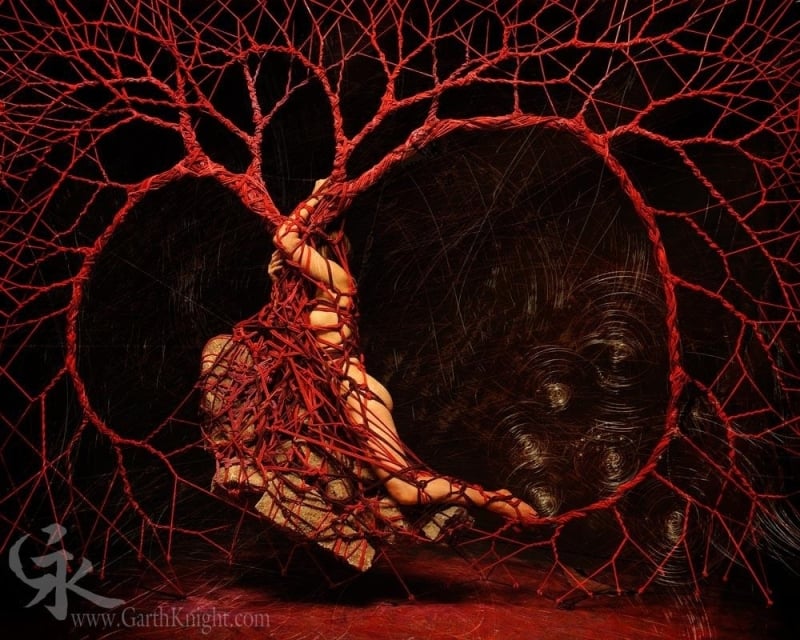
Fig.4

Fig.4a

Fig.5
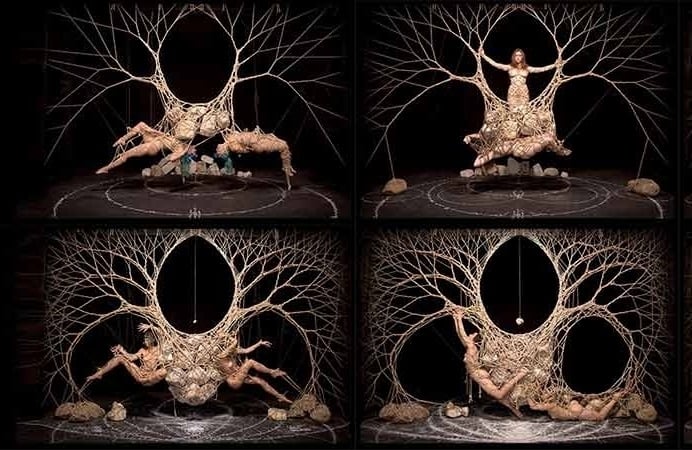
Fig.5a

Fig.5b
Bodies In Complex Networks Of Ropes
In his compositions, Garth Knight wraps bodies in complex networks of ropes that not only immobilize but also shape and enhance bodily expression. The use of rope, in this sense, creates realities in which the artist, the model, and the spectator integrate through the dissolution of boundaries between body and mind, eroticism and spirituality. As Garth Knight himself comments in an interview:
"When I saw someone being bound for the first time 19 years ago, I had an immediate and visceral reaction. An attraction toward the aesthetic beauty of rope on flesh as well as the incredibly poignant almost paradoxical things that it represented – constraint and freedom, power and care, contrasting ideas of strength and pleasure with those of surrender and abandonment."
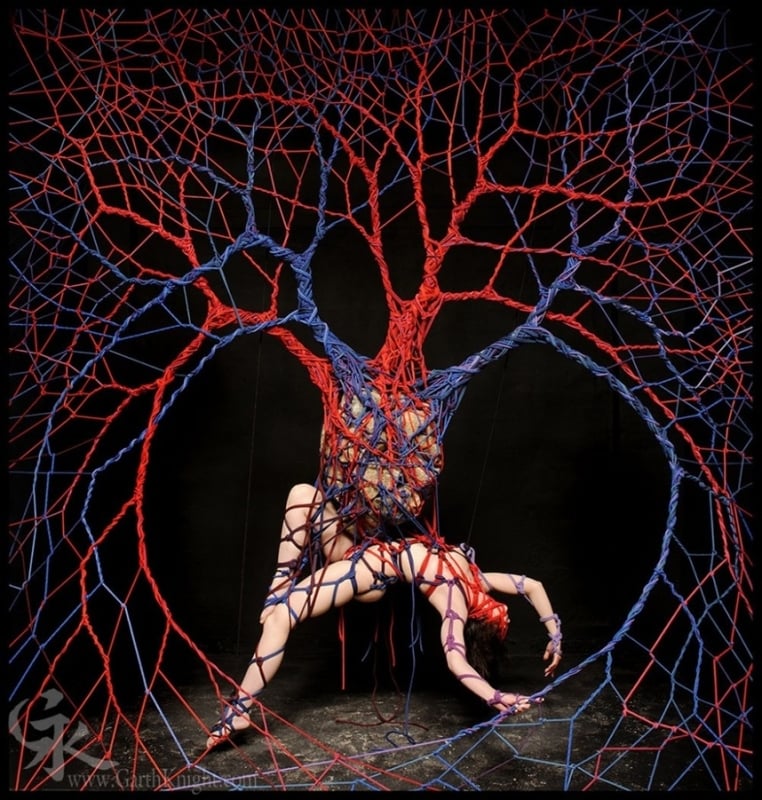
Fig.6
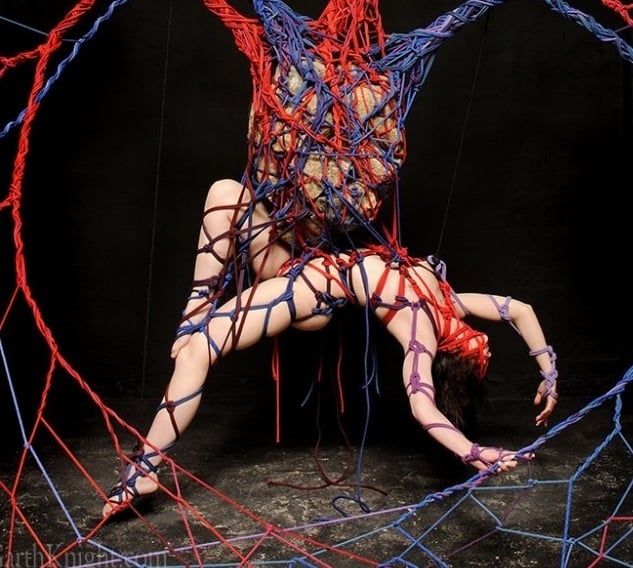
Fig.6a
Continue reading in Premium and learn more on Knight's meticulously constructed scenes, his Blood/Consciousness installation, the Tension (Between Being Constrained and Being Connected) series, one of the most striking aspects of Garth Knight’s work, his unique jewelry photos featuring collages of insects, spiders, and other animals mixed with kinbaku images, numerous additional pics, and MUCH more...
Click HERE for the first part of an extensive four-part article sequence on the work of kinbaku legend Ito Seiu
Let us know your thoughts on Garth Knight's bondage work in the comment box below..!!

